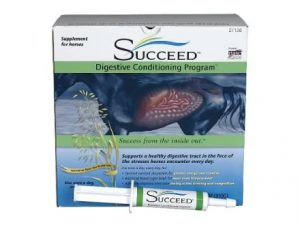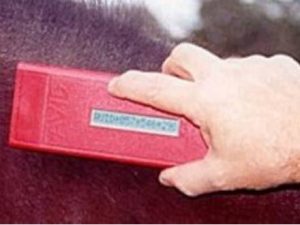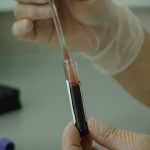
Intra-articular injections are performed to sterilely deliver one or more pharmaceutical drugs or other products directly into the joint. The two most common reasons Dr. Garfinkel to perform a joint injection are to anesthetize or “block” a joint during a lameness examination or to medicate a joint to help keep the horse’s joints pain-free.
In addition to traditional anesthetics,antibiotics, and steroids, emerging therapies such as interleukin-1 receptor agonist protein (IRAP) therapy are being used increasingly for horses with joint diseases such as synovitis and osteoarthritis.
Joint injury, joint disease secondary to trauma or injury, and osteoarthritis (OA) are major causes of attrition and loss of function in horses. Treatment of these conditions is an important component of maintaining the overall health and mobility in pleasure and athletic horses, and joint injections play an important role in managing joint health in conjunction with other therapies such as nutritional supplementation,weight management, and non-steroidal anti-inflammatory drugs.
Intra-Articular InjectionsRegardless of the product being administered, the process of delivering intraarticular medications is essentially the same. The joint is cleaned with an antiseptic soap for approximately 10 minutes. The soap is rinsed off with isopropyl alcohol. Clipping the horse’s hair is often not necessary. The veterinarian then injects the desired drugs or products into the clean joint using sterile needles and syringes while wearing sterile gloves. Horses will require sedation.


















